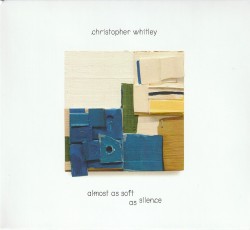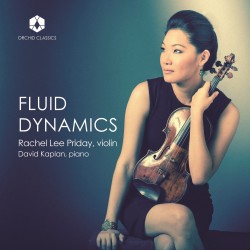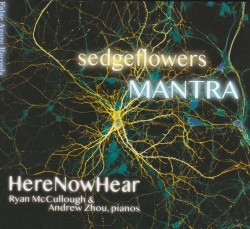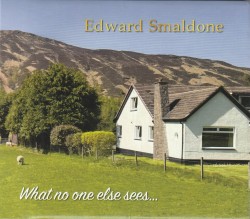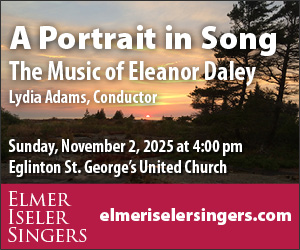Alexandre David: Photogrammes - Quatuor Bozzini; Plaisirs du clavecin; Orchestre de l’Agora
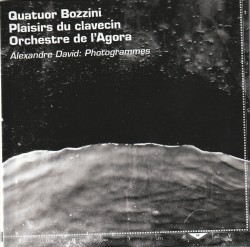 Alexandre David – Photogrammes
Alexandre David – Photogrammes
Quatuor Bozzini; Plaisirs du clavecin; Orchestre de l’Agora
Collection Quatuor Bozzini CQB 2434 (collectionqb.bandcamp.com/album/alexandre-david-photogrammes)
What distinguishes the music on this disc – particularly the final work, Photogrammes – is the manner in which music is created by applying dramatically a new, decidedly spectral, musical chromatograph (à la Gérard Grisey) of colours and tone textures. This is evidence of the highly fecund intellect of composer Alexandre David. Lest this idea of “musical chromatography” makes this sound as if the music were expelled from the innards of a machine, it should be made eminently clear that conventional acoustic instruments have been used to make this striking music.
Spectacularly, David has emerged from the tradition like a man with a resonant hallelujah and a dramatic epiphany. All the conventional tools of music are clearly present here – melody, harmony, rhythm – complete with surprising tempi, startlingly moody accelerando and ritardando, the lot.
However, what is notable about David’s music is that gone are the melodic, structural and harmonic hooks that have been expressively blunted through overuse. David has tossed all of this dross overboard, rebuilding his music from what might – or mightn’t – be left.
Nanimissuat Île-tonnerre – with text by the Innu poet Natasha Kanapé Fontaine and throat-singing melded into the chorale – is the most riveting moment on the disc. This is not easy music to nail. But Orchestre de l’Agora, with Nicolas Ellis conducting, shepherds these crack musicians through David’s masterly opuses realising his ideas faithfully, without compromising his sound-world.


